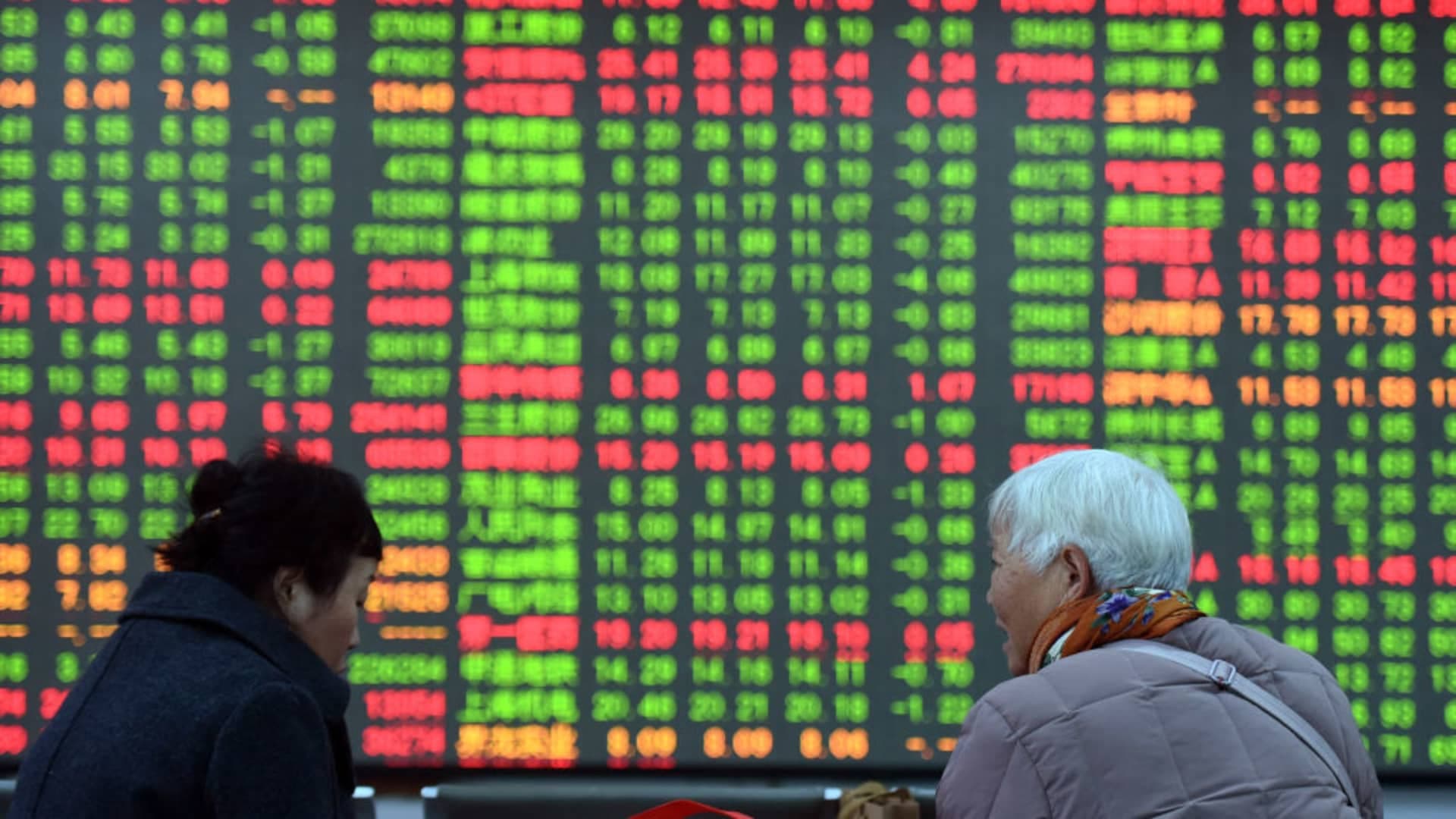加载中...
共找到 4,498 条相关资讯

September economic data is mixed, with strong GDP revisions but concerning job market signals and cautious consumer spending. Q2 GDP was revised up to 3.8% annualized growth, driven by stronger consumer spending, though spending growth is moderating.

China's stock market is enjoying a powerful rally amid optimism over artificial intelligence, chip progress, and Beijing's campaign to rein in price wars. The mainland CSI 300 index is near its highest level in more than three years.

Remain long through Q3 earnings season, as the 'pain trade' favors staying invested despite widespread market anxiety and bubble fears. Expect continued volatility and sideways movement in the S&P 500 until Q3 earnings, with potential for a rally if earnings exceed expectations.

Concerns mount that a frothy market is concealing signs of excess. Sudden bankruptcies are rattling investors.

Prediction markets are tilting slightly in favor of a government shutdown happening.
U.S. stock-market futures were flat late Sunday, as investors wait and see whether there'll be a government shutdown later this week.

The word "stagflation" is starting to be discussed on Wall Street as investors grow worried about sticky inflation and slowing employment. Stocks in Translation Host Jared Blikre joins Market Domination to explain what stagflation is and whether or not Americans need to worry about it yet.
Business spending dropped sharply in the second quarter. Blame the trade war.
The S&P 500 remains in a bullish long-term trend, and last week's dip held important support. A short-term rally is expected, but any upside may be limited, and the current steep daily channel looks vulnerable for several reasons.

Rather than ditch quarterly earnings reports, why not require them every four months (“Trump Decries Rule on Quarterly Profits,” Page One, Sept. 16)? I've analyzed thousands of companies over my career. Reporting earnings every six months isn't frequent enough, especially during volatile times.
Stocks are defying their typical weakness in September — but it isn't October yet

So what do 196 mostly bullish money managers with close to $500 million under management think about a stock market that continues to make new highs in one of the seasonally weakest months?

President Trump announced sweeping new tariffs on pharmaceuticals, heavy trucks, and furniture imports. The duty on pharmaceuticals sits at 100% for patented drugs unless the producer is building a manufacturing plant in the US.
US lawmakers are edging closer to a possible government shutdown as the September 30 deadline nears. Republicans and Democrats are currently divided on a compromise.

With BLS figures under scrutiny, indices from Truflation, Zillow, Adobe and ISM show a more nuanced picture of prices
US economic data points to re-acceleration, with the Atlanta Fed's GDPNow and Citi Economic Surprise Index signaling stronger growth. A strong September jobs report could drive higher wages and hours, but forecasts set a low bar for job creation and stable unemployment.

Dividend stocks trade at steep discounts today after underperforming big tech over the past few years. Meanwhile, four powerful tailwinds line up in their favor.

The market is rising even as economic warning signs increase, including the deteriorating jobs and housing markets, reminiscent of past bubbles. The AI revolution is powering most of the growth in the economy right now, along with unsustainable fiscal deficit spending.

Tariffs, tight credit weigh on hiring plans while some channels for rate relief are clogged.

Technical analysis is more relevant than ever for investors in 2025, serving as a crucial component of risk management. My investment approach combines fundamental screening with price chart patterns to determine which risks are worth taking.